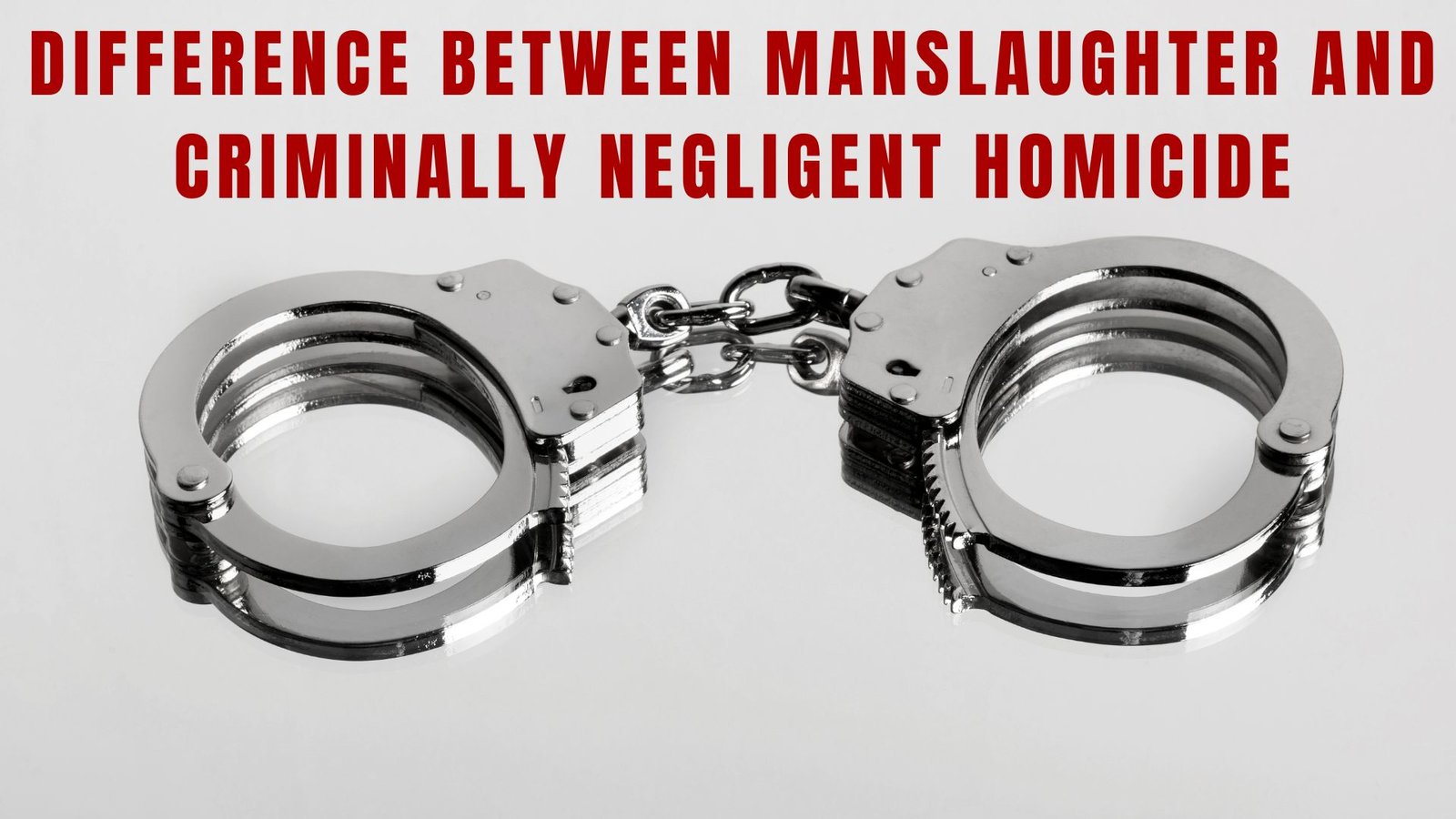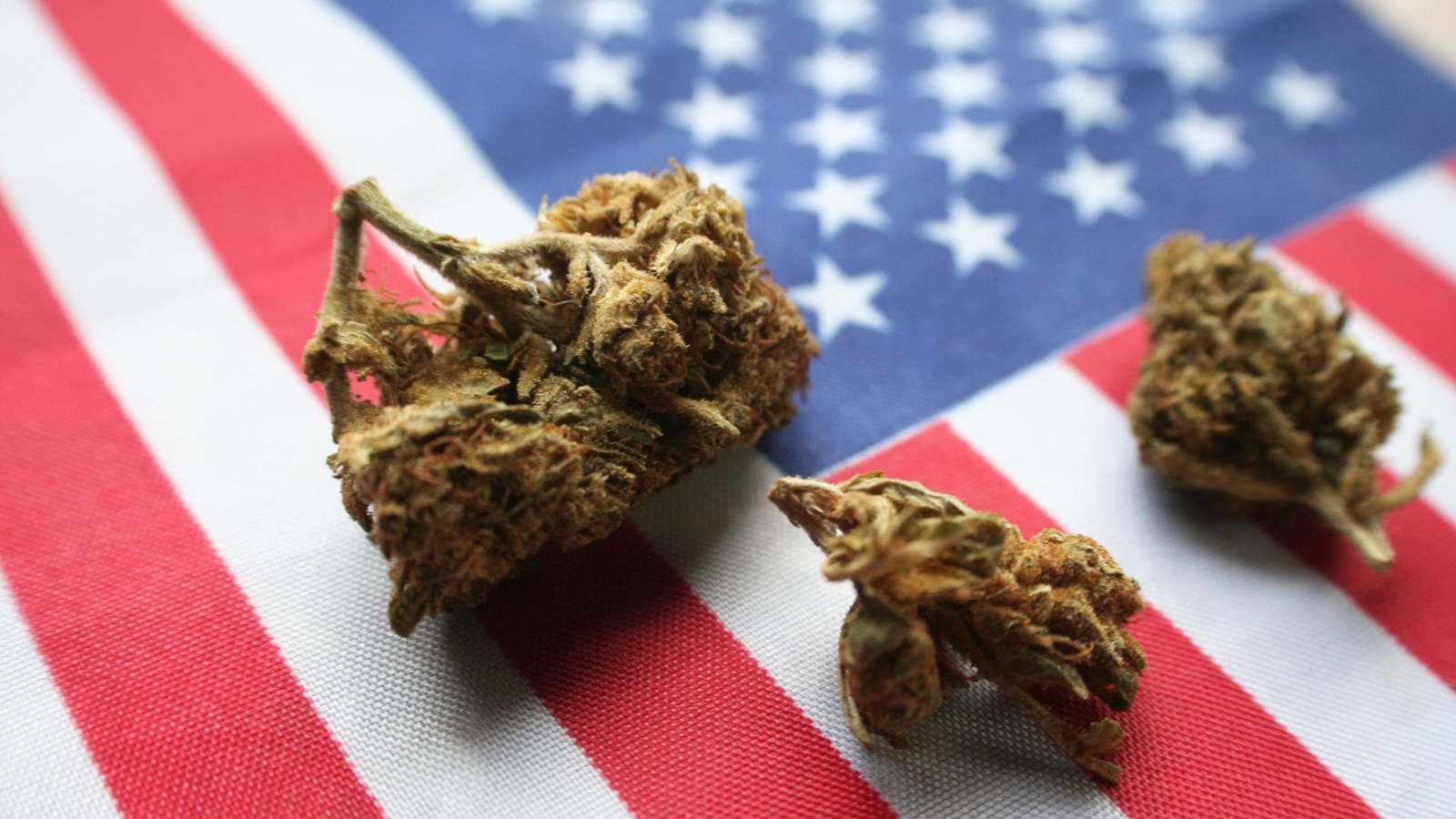On this page you will read detailed information about Differences Between Manslaughter vs Homicide.
As you consider the critical differences between manslaughter and homicide, you will gain insight into two types of unlawful killing that have nuanced legal distinctions. This article will provide a 100-word comparative analysis to inform you, the reader, about the nature of each charge. Weighing factors such as state of mind and intent under the law, you will leave better equipped to comprehend manslaughter and homicide on a deeper level. Continue reading as we delve into the subtle, yet impactful factors that separate these two severe charges.
Defining Homicide vs Manslaughter
Homicide and manslaughter are two categories of crimes involving the killing of one human being by another. While they share some similarities, there are key differences between homicide and manslaughter that are important to understand.
Homicide is the unlawful killing of one person by another. It is a broad term that encompasses the categories of murder and manslaughter. The specific charge depends on factors such as intent, premeditation, and recklessness.
Murder is a homicide committed with malicious intent and premeditation. The perpetrator intentionally kills the victim and acts with malice aforethought, meaning an intent to kill or cause grievous bodily harm. First-degree murder is the most serious, indicating the killing was willful, deliberate, and premeditated. Second-degree murder is committed with malice aforethought but not premeditated.
Manslaughter is an unlawful killing that is less culpable than murder. There are two types:
- Voluntary manslaughter: A killing committed in the “heat of passion” or a sudden rage in response to a provocation. The perpetrator acts in the moment under extreme emotional or mental distress.
- Involuntary manslaughter: A killing resulting from reckless or criminally negligent behavior. The perpetrator did not intend to kill but caused the death of another through recklessness or negligence. Examples include deaths resulting from drunken driving, child abuse, or neglect.
In summary, the main differences between homicide and manslaughter come down to intent and premeditation. Murder always involves malice aforethought, while manslaughter may be voluntary or involuntary. Understanding these nuanced categories of unlawful killing and their legal implications can help bring greater clarity to such tragic acts.
The Key Differences Between Homicide and Manslaughter
Homicide and manslaughter are two classifications of crimes that involve the death of a victim. While they share some similarities, there are distinct differences between homicide and manslaughter that are important to understand.
In the previous post, we had shared information about Liberal vs Conservative: Key Differences in Political Thought, so read that post also.
Intent
The primary difference between homicide and manslaughter is intent. Homicide refers to the unlawful killing of another person with malice aforethought or intent. Manslaughter, on the other hand, refers to the unlawful killing of another person without malice or intent. Manslaughter suggests the killing was unintentional, often occurring in the heat of passion or due to negligence or recklessness.
Planning
Homicides are usually premeditated, meaning the perpetrator planned or intended to kill the victim. Manslaughter, however, is usually unplanned and occurs in the heat of the moment during a confrontation or argument. Manslaughter can also result from reckless behavior or negligence, such as failing to maintain a safe environment. The lack of planning or intent is a key factor that separates manslaughter from murder.
Punishment
Due to the presence of intent, homicides are punished more harshly than manslaughter. Homicide often results in a murder charge, which can lead to life in prison or even the death penalty in some cases. Manslaughter is less severely punished, typically resulting in prison time of 5-15 years depending on the jurisdiction and circumstances. The punishment reflects the fact that manslaughter, while still a serious crime, lacks the malice aforethought of homicide.
In summary, while homicide and manslaughter both involve loss of life, homicide requires malice or intent to kill, is usually premeditated, and is punished more harshly. Manslaughter lacks intent, is often spontaneous or reckless, and is punished less severely. Understanding these nuanced differences is important in the legal field and beyond.
Degrees of Murder: First vs Second Degree Homicide
In the eyes of the law, not all homicides are treated equally. The severity of the offense depends on the perpetrator’s intent and actions. The two most serious forms of criminal homicide are first degree murder and second degree murder.
First Degree Murder
First degree murder, also known as premeditated murder, is the most egregious form of homicide. It refers to an unlawful killing that is both willful and premeditated. Premeditated means that the perpetrator formulated the intent to kill before committing the act. Planned, deliberate killings, such as a calculated shooting or poisoning, typically constitute first degree murder. Due to the malicious nature of the crime, first degree murder carries the harshest penalties, often life in prison or the death penalty.
Second Degree Murder
Second degree murder also refers to an intentional killing, but one that is not premeditated. It may be committed on impulse in a sudden quarrel or heat of passion. Unintentional deaths resulting from extremely reckless behavior may also qualify as second degree murder. For example, firing a gun into a crowd of people or driving a vehicle into a group of pedestrians could be considered extremely reckless and wanton, demonstrating a “depraved indifference to human life.”
While both first and second degree murder result in the unlawful death of another person, there are significant differences in intent and planning. First degree murder requires evidence of premeditation, whereas second degree murder may be committed on impulse, without preplanning. Due to the lack of premeditation, second degree murder is considered a slightly less egregious offense and carries less severe penalties than first degree murder. However, both are felonies subject to long prison sentences.
In summary, the distinction between first and second degree murder lies in the presence or absence of premeditation and planning. First degree murder requires willful, deliberate intent, while second degree murder may be committed in a sudden passion or fit of rage. Both constitute serious criminal homicide charges with severe legal consequences. Understanding the nuances in types of murder and their degrees of severity under the law is important for any student of criminal justice.
Voluntary Manslaughter vs Involuntary Manslaughter
Manslaughter refers to the act of killing another person, but without the malice that is present in murder. Manslaughter charges are divided into two categories: voluntary manslaughter and involuntary manslaughter.
Voluntary Manslaughter
Voluntary manslaughter refers to an intentional killing that involves no prior intent to kill. It occurs in the “heat of passion” or in a sudden rage. For example, a spouse catches their partner committing adultery and kills them in the ensuing argument. The act was intentional but not premeditated. Voluntary manslaughter is punishable by years of imprisonment, though less than a murder charge.
- The defendant must have acted in the “heat of passion” upon adequate provocation.
- The provocation must be such that an ordinary person would lose self-control.
- The defendant must not have had time to “cool off” and regain control before the act was committed.
Involuntary Manslaughter
Involuntary manslaughter refers to an unintentional killing resulting from recklessness or criminal negligence. For example, a drunk driver causes a fatal car accident. The act was unintentional but resulted from reckless behavior. Involuntary manslaughter is punishable by years of imprisonment, though less than voluntary manslaughter or murder.
The key factors for involuntary manslaughter are:
- The defendant acted with reckless disregard for human life or in a criminally negligent manner. Recklessness means knowingly engaging in conduct that has a high risk of death or serious bodily harm. Criminal negligence refers to conduct that falls below the standard of care expected of a reasonable person.
- The reckless or negligent conduct caused the death of another person. There must be a direct causal link between the defendant’s actions and the victim’s death.
- The defendant either knew or should have known that their reckless or negligent actions could result in death or serious bodily harm. The risk must have been foreseeable.
In summary, the main differences between voluntary and involuntary manslaughter lie in the intent and mental state of the defendant. Voluntary manslaughter involves intentional killing without malice, while involuntary manslaughter involves unintentional killing through recklessness or negligence. Both are considered less serious than murder but still punishable under the law.
Legal Consequences and Sentencing for Homicide vs Manslaughter
Homicide
If convicted of homicide, the perpetrator faces severe legal punishment. Homicide is the act of one human killing another, whether lawfully or unlawfully. The unlawful taking of another’s life is typically classified as either murder or manslaughter.
Murder is the intentional and unlawful killing of another person. If found guilty of murder, the accused faces lengthy prison sentences or even life imprisonment without parole. Capital punishment or the death penalty may also be imposed for aggravated murder in some jurisdictions.
Manslaughter
Manslaughter refers to the unlawful killing of another human without malice aforethought, so manslaughter is less serious than murder. There are two broad categories of manslaughter:
- Voluntary manslaughter: The perpetrator had intent to kill but did so in the “heat of passion” upon adequate provocation. The presiding judge has discretion in sentencing, which may include probation, fines, and a maximum of 10-15 years in prison.
- Involuntary manslaughter: The perpetrator unintentionally caused the death of another person through recklessness or criminal negligence. Sentencing for involuntary manslaughter may include fines, probation, house arrest, and a maximum of 8 years imprisonment.
In summary, the legal consequences and sentencing for homicide and manslaughter differ significantly based on the nature of the offense. While manslaughter sentences are typically less severe than murder, both are serious criminal offenses that warrant legal punishment upon conviction in a court of law. The specific sentence imposed depends on the details of the case and applicable laws in that jurisdiction.
Conclusion
As you have seen, the legal and moral differences between manslaughter and homicide are complex and nuanced. While both involve the taking of human life, the presence of intent and malice defines the boundary between these two charges. Understanding these distinctions allows us to have more thoughtful conversations about crime and punishment in our society. In your own life, you may face situations where these issues arise. Our hope is that through thoughtful examination of the law and human nature, we can find wisdom and justice.
Disclaimer
The information and services on this website are not intended to and shall not be used as legal advice. You should consult a Legal Professional for any legal or solicited advice. While we have good faith and our own independent research to every information listed on the website and do our best to ensure that the data provided is accurate. However, we do not guarantee the information provided is accurate and make no representation or warranty of any kind, express or implied, regarding the accuracy, adequacy, validity, reliability, availability, or completeness of any information on the Site. UNDER NO CIRCUMSTANCES SHALL WE HAVE ANY LIABILITY TO YOU FOR ANY LOSS OR DAMAGE OF ANY KIND INCURRED AS A RESULT OR RELIANCE ON ANY INFORMATION PROVIDED ON THE SITE. YOUR USE OF THE SITE AND YOUR RELIANCE ON ANY INFORMATION ON THE SITE IS SOLELY AT YOUR OWN RISK. Comments on this website are the sole responsibility of their writers so the accuracy, completeness, veracity, honesty, factuality and politeness of comments are not guaranteed.
So friends, today we talked about Differences Between Manslaughter vs Homicide, hope you liked our post.
If you liked the information about Differences Between Manslaughter vs Homicide, then definitely share this article with your friends.









